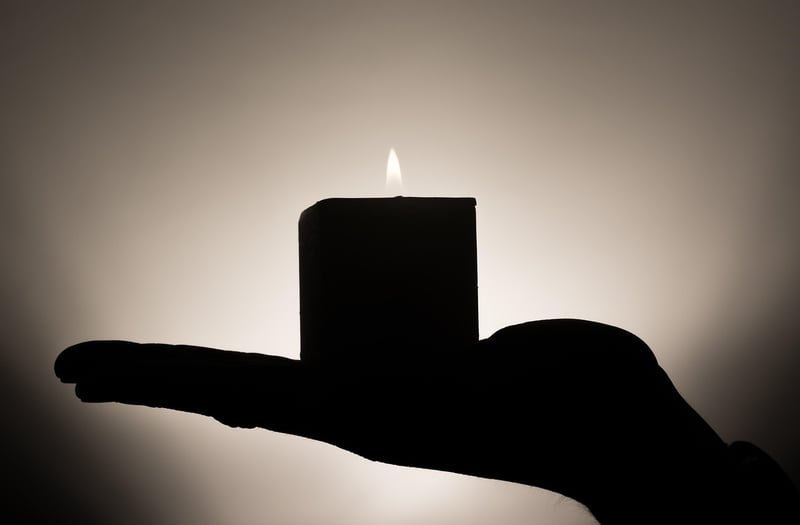Pranayama Techniques
Mastering Mindful Breathing and Pranayama Techniques
In today's fast-paced world, stress and anxiety are common experiences for many individuals. Learning to incorporate mindful breathing and pranayama techniques into your daily routine can have profound effects on your mental, emotional, and physical well-being. By practicing these techniques, you can cultivate a sense of calm, improve concentration, and reduce stress levels.
The Power of Mindful Breathing
Mindful breathing, also known as deep breathing or diaphragmatic breathing, involves taking slow, deep breaths to engage your diaphragm fully. This technique can help activate the body's relaxation response, lower heart rate, and reduce cortisol levels.
Here are some steps to practice mindful breathing:
- Find a quiet and comfortable place to sit or lie down.
- Place one hand on your chest and the other on your abdomen.
- Inhale deeply through your nose, feeling your abdomen rise as you fill your lungs with air.
- Exhale slowly through your mouth, feeling your abdomen fall as you release the air.
- Repeat this process for several minutes, focusing on the sensation of your breath.
Exploring Pranayama Techniques
Pranayama, the practice of breath control in yoga, offers a variety of techniques to regulate and enhance the flow of prana (life force energy) in the body. Different pranayama techniques can have specific effects on the mind and body, such as increasing energy levels or promoting relaxation.
Some popular pranayama techniques include:
- Ujjayi Pranayama: Also known as Victorious Breath, this technique involves constricting the back of the throat while breathing to create a sound resembling ocean waves.
- Alternate Nostril Breathing (Nadi Shodhana): This technique involves breathing through one nostril at a time to balance the left and right sides of the brain.
- Kapalabhati Pranayama: Also known as Skull Shining Breath, this technique involves rapid, forceful exhalations followed by passive inhalations.
It's essential to learn pranayama techniques from a qualified instructor to ensure proper practice and avoid potential risks. Regular practice of pranayama can help clear energy channels, improve respiratory function, and enhance mental clarity.
Benefits of Regular Practice
Both mindful breathing and pranayama techniques offer a wide range of benefits, including:
- Reduced stress and anxiety levels
- Improved focus and concentration
- Enhanced relaxation and sense of well-being
- Better respiratory function and oxygenation of the body
- Increased awareness of the mind-body connection
Whether you're looking to manage stress, improve your yoga practice, or enhance your overall well-being, incorporating mindful breathing and pranayama techniques into your daily routine can be a transformative experience.
Take the time to explore these techniques, find what works best for you, and commit to regular practice to reap the full benefits of conscious breathing.


